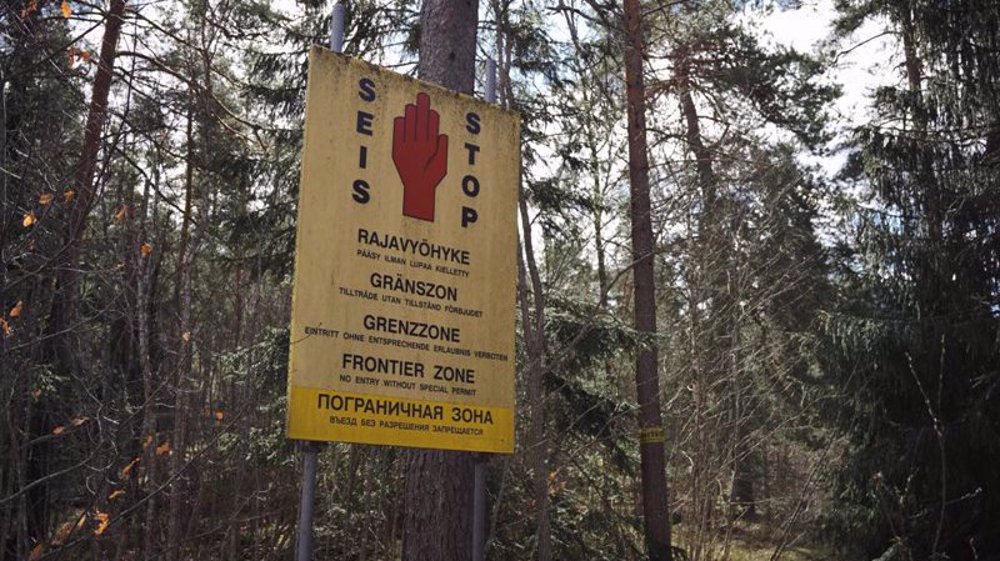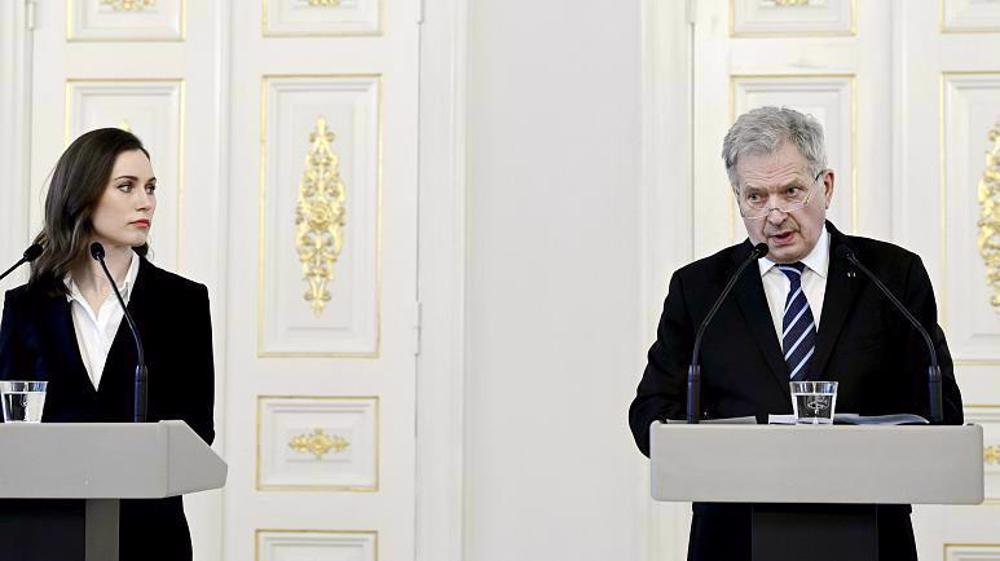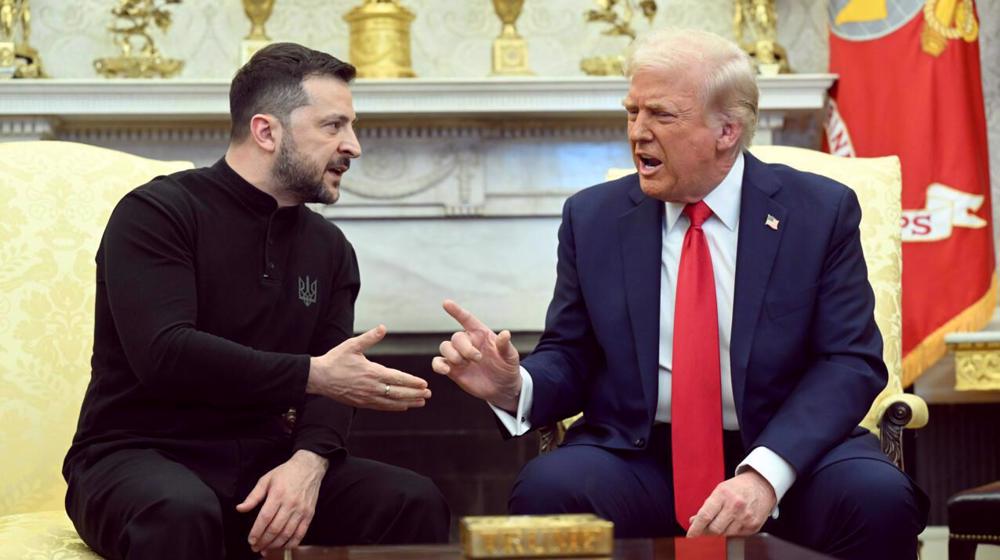Finland to put up fence on border with Russia
Finland says it plans to build a barbed-wire fence on its border with Russia, nearly eight months into the war between Russia and its neighbor Ukraine.
Over three decades after the fall of ‘Iron Curtain’ and the collapse of the Soviet Union, Finnish lawmakers have shown broad support to replace the prospective NATO member’s wooden fences, designed mainly to prevent livestock from crossing the 1,300-kilometer border, with stronger barriers to keep Russians and migrants out.
Finland’s border with Russia is Europe’s longest with the Russian Federation.
“Hopefully the work can start as quickly as possible,” said Prime Minister Sanna Marin at a press conference in the capital Helsinki on Thursday.
Following an order of mobilization by Russian President Vladimir Putin, Finland saw an influx of Russians rushing toward its border in September before it heavily restricted their entry.
According to the Finnish border guard, building between 130 and 260 kilometers of barriers in most critical areas is necessary, particularly in southeastern parts of the country where much of border traffic occurs.
The proposed fence, in contrast to the wooden barriers, is a tall sturdy metal fence with barbed wire on top and a road running next to it.
Estimated to cost hundreds of millions of euros, the new fence project will commence with the building of a pilot fence only a number of kilometers long. The whole project is due to be completed in three to four years.
Finland’s entire border with Russia will not see the new fence as a large part of the common border is rough forested terrain far from populated areas. However, the partial coverage would help detect large border movements and concentrate migrants to smaller, more easily managed areas.
In July and some five months after Russia began its military operation in Ukraine, Finland amended its Border Guard Act to allow for the building of sturdier fences, the closure of border crossings and concentrating asylum-seekers at specific points in the event of an influx of refugees.
In September, plans for the new fence gained momentum.
The Finnish border guard says it is preparing for “difficult developments” as the situation unfolds. “It is possible that when travel is restricted, attempts at illegal border crossings will increase,” said a spokesman whose name was not mentioned in the report.
Despite enjoying broad parliamentary support, the new project has been harshly criticized. “The harms are alarmingly greater than the benefits,” said Jussi Laine, professor of human geography at the University of Eastern Finland. Laine said the new fence project not only is a very costly solution to a “relatively small number of migrants,” but also it creates greater risks for migrants while “stopping only very few people.”
“In short, people die. Fences don't solve problems,” Laine said, warning that some migrants could venture into more dangerous terrain to cross into Finland. “The fence has a symbolic value. It is not based on rational analysis but on emotions.”
Finland has formally requested to be a member of NATO. Twenty-eight of the 30 NATO states have ratified Finland’s membership to the military alliance. Ratifications from Hungary and Turkey are still expected.
VIDEO | Fighting the British state
Revealed: US tech giant Palantir linked to Israel’s 2024 'pager attacks' in Lebanon
Young Palestinian dies in Israeli custody as toll rises to over 100 since Oct. 2023
Three IRGC soldiers killed in terrorist attack in southern Iran
Iran’s unstoppable ascent to global medical-tech dominance amid sanctions
US military deployment near Venezuela ‘dangerous precedent’: Pezeshkian
Pezeshkian heads to Central Asia for Kazakhstan, Turkmenistan visit
VIDEO | Press TV's news headlines











 This makes it easy to access the Press TV website
This makes it easy to access the Press TV website